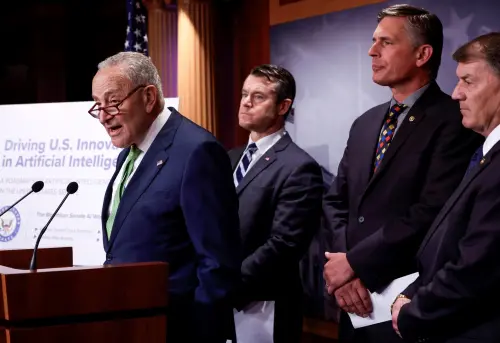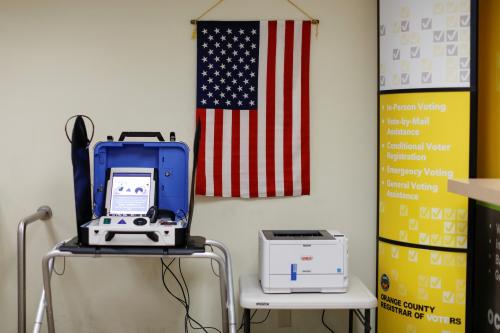

11:00 am EDT - 12:00 pm EDT
Past Event
11:00 am - 12:00 pm EDT
1775 Massachusetts Ave NW
Washington, DC
20036
While the United States continues to lead the world in the development of the most advanced AI models, it risks falling behind in government investment for public AI research and development (R&D) in a moment of intense global competition in AI. Government investment in R&D is critical to ensuring that the U.S. maintains its lead in the AI revolution, while ensuring the American public is protected from the technology’s risks and benefits from its promise. In May 2023, the White House Office of Science and Technology Policy (OSTP), outlined the federal government’s strategic priorities in a National AI R&D Strategic Roadmap.
The government has made significant progress in this area with recent landmark initiatives such as the R&D funding in the CHIPS and Science Act, the U.S. AI Safety Institute, and the National AI Research Resource Pilot. This spending, however, still falls well short of the National Security Commission on AI’s recommendation for non-defense AI R&D spending of more than $32 billion per year and science agencies across the federal government now face budget cuts in their appropriations for FY24 and FY25.
On July 30, the Brookings Institution held a conversation with the director of OSTP, Arati Prabhakar, on the role of federal R&D investment in the U.S. innovation ecosystem, especially in AI. This fireside chat was followed by a panel discussion to further explore the state of public R&D spending in the U.S., whether current policies are sufficient to maintain its lead on AI, and how the U.S. stacks up to its competitors around the globe.

Moderator
Panelists



Valerie Wirtschafter, Derek Belle
July 25, 2024

Nicol Turner Lee, Darrell M. West
July 23, 2024

Nicol Turner Lee, Darrell M. West, Steven Overly
July 22, 2024